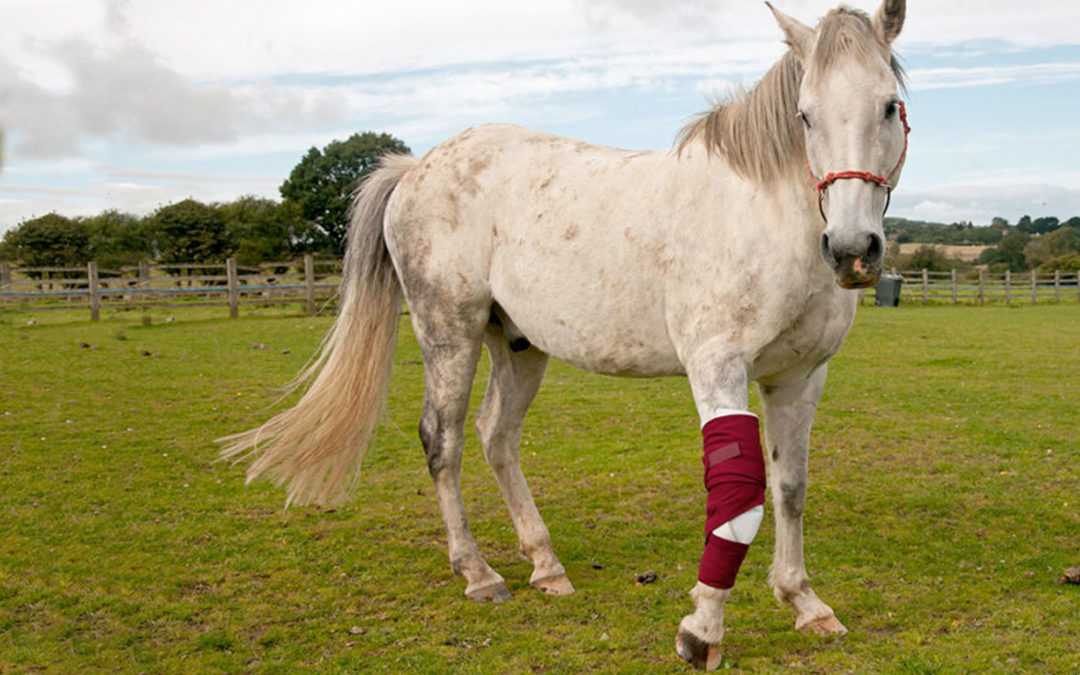Researchers have discovered a way to make equine amniotic membrane, a treatment option for wound healing, more accessible.
One of the realities of managing horses is how frequently they sustain wounds, lacerations, and other injuries. While their sleek limbs afford them great athleticism, power, and speed, they are not well-designed for rapid and uncomplicated healing. Finding products and techniques to improve wound management is imperative to the health of individual horses as well as the owners and riders that rely on these animals to be athletic and sound.
In a recent publication in the Brazilian Journal of Veterinary Medicine, researchers explored the use of amniotic membrane—the thin inner layer of placental membranes surrounding a fetus—as a wound dressing.
Researchers know equine amnion benefits skin and corneal wound healing, but the preferred storage method of using a specialized -80 C (-112 F) freezer can be limiting for practical clinical use outside of universities or labs, said Marcos Rosa, DVM, MSc, of the Federal Rural University of Rio de Janeiro, in Brazil, the lead author on the study. The researchers explored amnion’s healing potential when stored in readily available freezers.
For the study, the team randomly selected a treatment forelimb in each of six healthy mares, with the opposite forelimb serving as a control. They created a 4-by-4-centimeter skin lesion on each limb and dressed the treatment limb with a previously prepared, frozen piece of amnion. The amnion had been stored between -10 C and -24 C for more than one year, said Rosa. The team thawed and rehydrated the amnion in saline solution before placing it on the wound, and they covered both the control and treatment limbs with a cotton bandage.
The researchers removed the amnion dressing on Day 3 of the study and continued to manage both the treatment and control wounds the same way until they’d healed completely. They evaluated small tissue samples removed from the healing wounds both visually and microscopically.
Significant findings included decreased pain, improved neovascularization (new formation of blood vessels), better fibroplasia (improved tissue organization), and a statistically significant decrease in healing times for the amnion-treated wounds, which healed in an average of 73 days, while the control limbs healed in an average of 84 days.
Finding practical methods to speed and improve equine wound healing is valuable for decreasing pain and achieving a more rapid return to function for our equine partners. Affordable and readily available amnion veterinarians can easily preserve and store could allow regular use in clinics and in the field.
Font: https://thehorse.com/1124528/using-amniotic-membrane-for-wound-healing-in-horses/
Article of: Jennifer Madera, DVM

